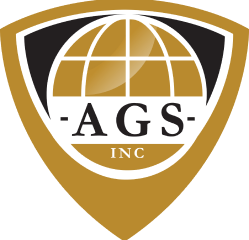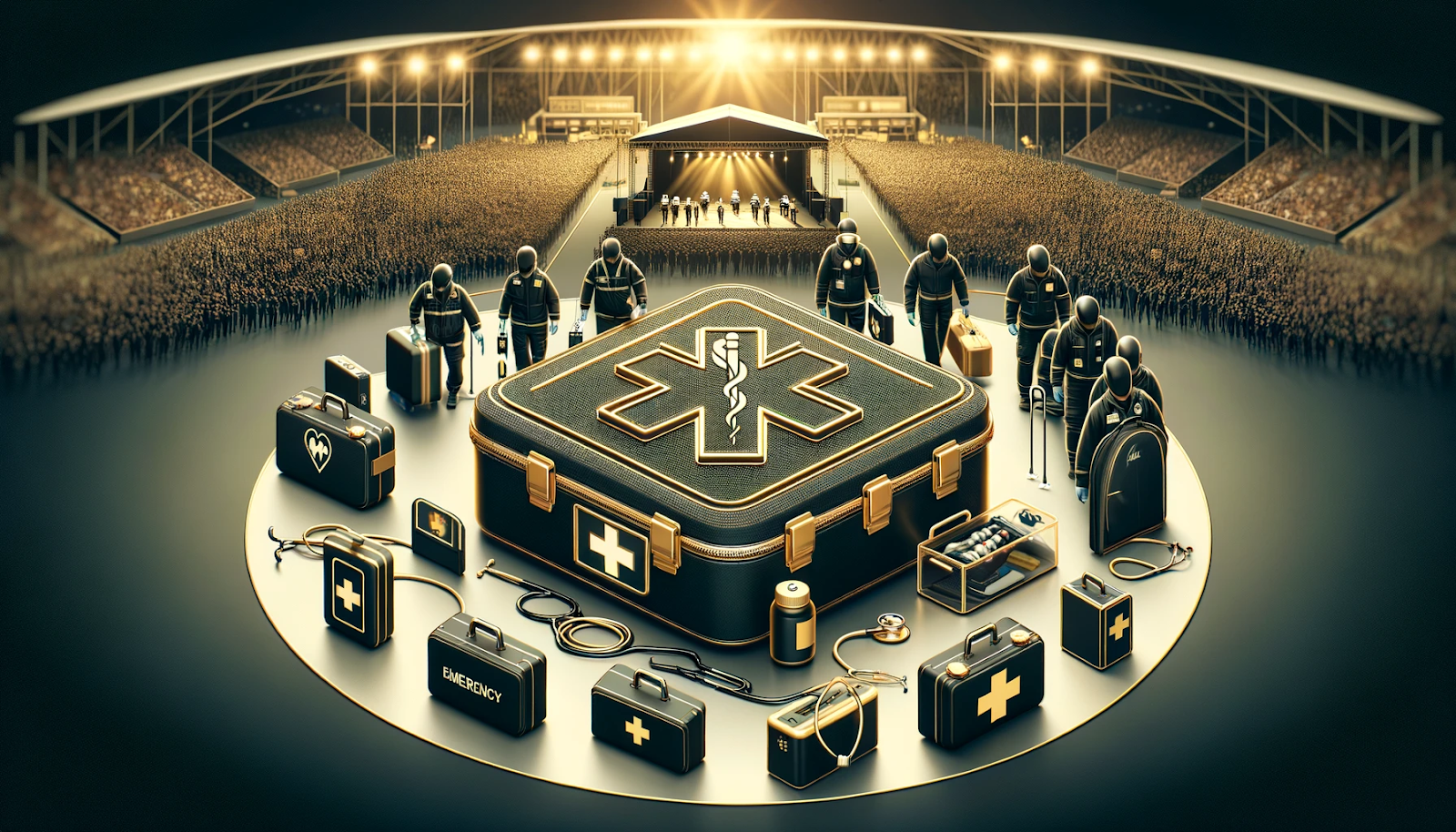Planning for first aid and medical emergencies at events requires a well-organized strategy to protect attendees, staff, and anyone else on the premises. Key elements such as staffing, equipment, and location considerations are crucial in the overall preparedness strategy. Here’s how property managers, chief security officers, and security company hiring managers can ensure smooth first aid and medical emergency management.
Staffing Considerations
- Qualified Medical Personnel: Depending on the event size, hiring certified medical professionals such as paramedics, nurses, or doctors can be crucial, Ensure all medical personnel are up-to-date on their certifications and have specific experience handling large crowds or special events. Their presence and skills are critical in managing on-site emergencies promptly.
- Trained Security Staff: Security staff should receive comprehensive first aid training to support medical professionals. Training should include CPR, wound care, and Automated External Defibrillators (AEDs). This way, they can provide immediate assistance while waiting for professional medical personnel to arrive.
- Volunteers: Trained volunteers can be an invaluable resource in an emergency. They should provide initial information, offer guidance, and direct people toward appropriate medical personnel or equipment. They can also help with basic first aid until more qualified assistance arrives.
Equipment Essentials
- First Aid Kits: Ensure fully stocked first aid kits are strategically placed throughout the event premises. These kits should contain essentials like bandages, antiseptic wipes, gloves, tweezers, scissors, and other items. Regular checks must be conducted to replenish supplies and ensure the kits are easily accessible in emergencies.
- Automated External Defibrillators (AEDs): Make AEDs readily available in key locations and train staff and volunteers to use them effectively. This crucial equipment can make a significant difference in saving lives during cardiac events.
- Oxygen Supply: For larger events, particularly those catering to older adults or individuals with respiratory conditions, portable oxygen tanks should be available to provide immediate relief in emergencies.
- Stretchers and Wheelchairs: Equip your medical response team with stretchers and wheelchairs to safely transport injured individuals. It is crucial to move people quickly and efficiently to medical stations or ambulances.
Planning the Medical Station
- Location: Choose a central, clearly marked location that’s easy to find and access. The medical station should be accessible from various entry points and visible with appropriate signage.
- Capacity: Ensure the station can accommodate multiple patients simultaneously if needed. Larger events may require multiple medical stations or auxiliary facilities to handle more potential cases.
- Communication: Clear communication lines between the medical station, event staff, and external emergency services should be established well in advance. This will ensure a seamless transition when external support is required.
Risk Assessment
- Demographics: Consider the expected age range, health conditions, and general behavior of the attendees. Some groups may be at higher risk for certain emergencies, like children at risk of injuries or older adults more prone to heart-related issues.
- Venue Layout: Assess the venue for potential hazards, such as uneven terrain, stairs, and other obstacles that may affect accessibility. Having clear evacuation routes and accessible emergency exits can significantly improve emergency response times.
- Weather and Environment: Plan for weather-related risks, particularly for outdoor events. Heat exhaustion, hypothermia, and dehydration are common issues that could arise.
Coordination with Local Authorities
- Emergency Services: Work closely with local emergency services to minimize response times and establish clear protocols for support.
- Hospitals and Clinics: Identify the nearest hospitals or clinics that can accommodate emergencies. Arrange for ambulance access and establish contact with their emergency departments to handle a potential influx of patients.
- Police and Fire Departments: Notify the local police and fire departments about the event and give them access to the venue for a swift response.
Communication Protocols
- Internal Communication: Set up a dedicated radio frequency or messaging system to inform staff of developments.
- Public Announcements: Prepare announcements or messages to inform the public clearly during emergencies.
- Signage: Clear signage should guide people toward emergency exits, medical stations, and emergency personnel.
FAQs
- How many medical staff should be present at an event?
- The number of medical staff depends on the event size and demographics. A good rule of thumb is one medical professional for every 500-1000 attendees.
- What should a first aid kit contain?
- A comprehensive first aid kit should include bandages, antiseptic wipes, tweezers, scissors, gloves, and a CPR face mask.
- Where should the medical station be located?
- The medical station should be centrally located, easily accessible, and marked with signage.
- How should staff be trained for medical emergencies?
- Staff should be trained in basic first aid, AED use, CPR, and emergency communication protocols.
- What’s the role of volunteers in emergency preparedness?
- Volunteers can assist with crowd control, provide initial support, and guide people to the medical station.
.png)
.png)
.png)

.png)
.png)

.png)
.png)
.png)
.png)
